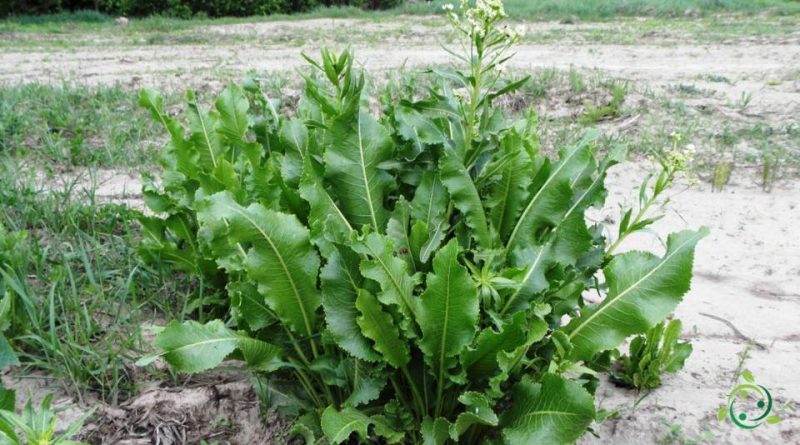How horseradish reproduces
How horseradish reproduces
Horseradish, also known by the names of horseradish, Spanish horseradish or oriental horseradish (Armoracia rusticana L.) is a perennial herbaceous plant of the Brassicaceae family.
Horseradish is probably a plant native to south-eastern Europe and western Asia.
This perennial herb is grown for the use of the fresh root for the preparation of sauces.
The reproduction of horseradish is carried out using root parts. It is not possible to grow horseradish starting from the seeds because the rustic horseradish does not produce any, the seeds that are found on the market are of raphanus sativus (remolaccio) and not of rustic horseradish.
For the details of the cultivation technique, however, refer to the following sheet.
Horseradish propagation –
The propagation of horseradish takes place by division of the tufts, planting parts of rhizomatous roots on which there are some buds.
The multiplication of this plant resembles that of potatoes: pieces of root are buried about ten centimeters deep.
Remember that the roots must be harvested after the second year of cultivation and immediately used because they quickly lose freshness, turgor and vegetative capacity.
The best time to do this is spring. The plants should be spaced about thirty centimeters from each other, in rows 52 centimeters apart.
It also highlights how this plant loves cool and semi-shady places, but, if well watered, it can also grow in full sun.

